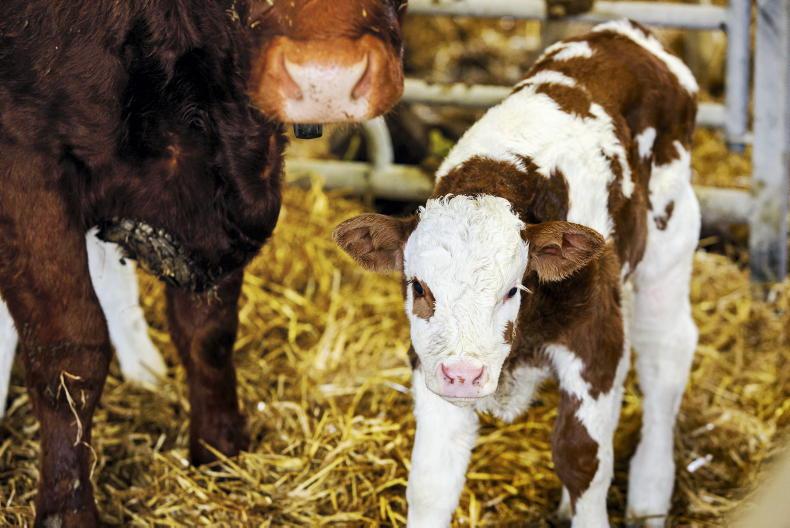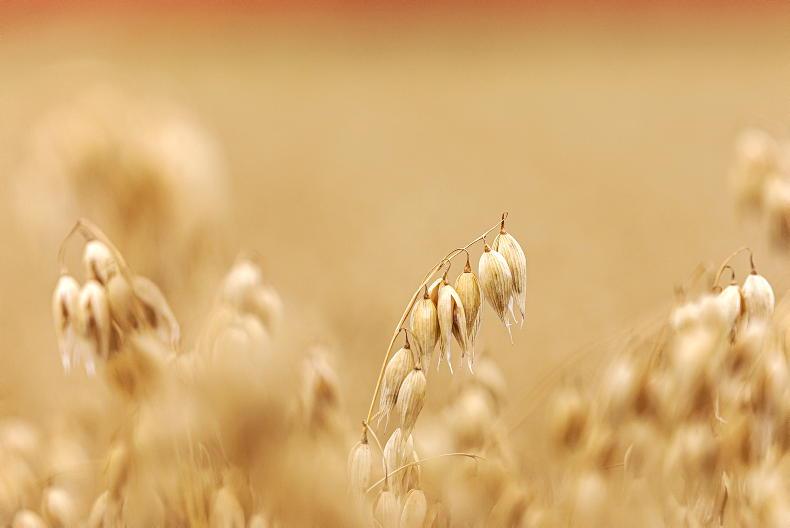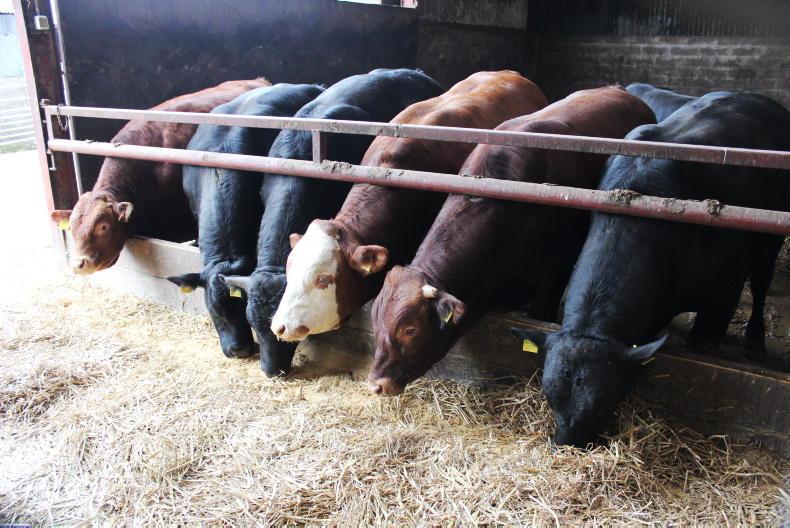With meal costs alone having gone up by over €120/t since this time last year, there will be significant increases in feed costs this winter. On top of this, there are increases in silage costs, repairs and maintenance costs and fuel and energy costs to contend with.
For dairy farmers, keeping a handle on meal costs will be critically important, especially in winter milk herds. Silage quality is a key parameter and one that has a big impact on feed efficiency.
According to Teagasc’s James Dunne, winter rations are often solely purchased on crude protein content, when in fact, they should be bought on the basis of quality ingredients.
High crude protein rations are not necessarily better quality – high energy content is needed too. Excess protein is wasted if energy is lacking, but too little protein can reduce feed intake also.
He suggests that farmers should choose high energy (0.94+ UFL per kg as fed) rations, then pick the level of protein to suit the forage.
The type of forage is a key issue. Grass silage is relatively low in protein at 12% to 14%, but maize silage is much lower at 8% to 10%.
This means that if the crude protein content in the overall diet needs to be at 15% to 16%, then the crude protein content of the meal being fed must be at 20% or greater and be fed at a high feeding rate to keep the diet balanced.
This presents a number of problems, particularly when it comes to sourcing grain with a low carbon footprint. Increasingly, diets containing soyabean meal are being frowned upon from an environmental perspective. I know international dairy co-op Arla is going to pay farmers more money as part of a sustainability package if they don’t feed animals soyabean.
Native protein sources such as beans are an option, although a recent Teagasc study found that milk yield was lower in autumn-calving cows fed a diet containing native grains than a diet containing imported soya.
The trial is being repeated this winter using different amino acid profiles to see if they will make a difference.
Just because milk price is high, does this mean I should be feeding more concentrate in order to get a better economic response?
To be able to answer this, you need to know the agronomic response to feeding more meal. This will vary depending on silage quality and how much meal is being fed.
For example, the response to meal will be much higher if silage quality is poor. So, if you’re only looking for a very high response, then farmers should produce poor silage.
Obviously, that’s not an option, as poor silage will reduce intakes and overall milk yield. Therefore, the better the silage is, the better, and if this means response to concentrate is less then so be it – you will deliver the same milk but for a much lower cost.
The more meal that is being fed, the lower the response will be for every additional kilo. The optimum amount that will be fed will vary depending on the system. In Johnstown Castle, the freshly-calved cows are getting 3kg of meal in the mixer wagon and 6kg of meal in the milking parlour, which Teagasc says is enough to support 31.5kg of milk per cow per day through December and January.









SHARING OPTIONS